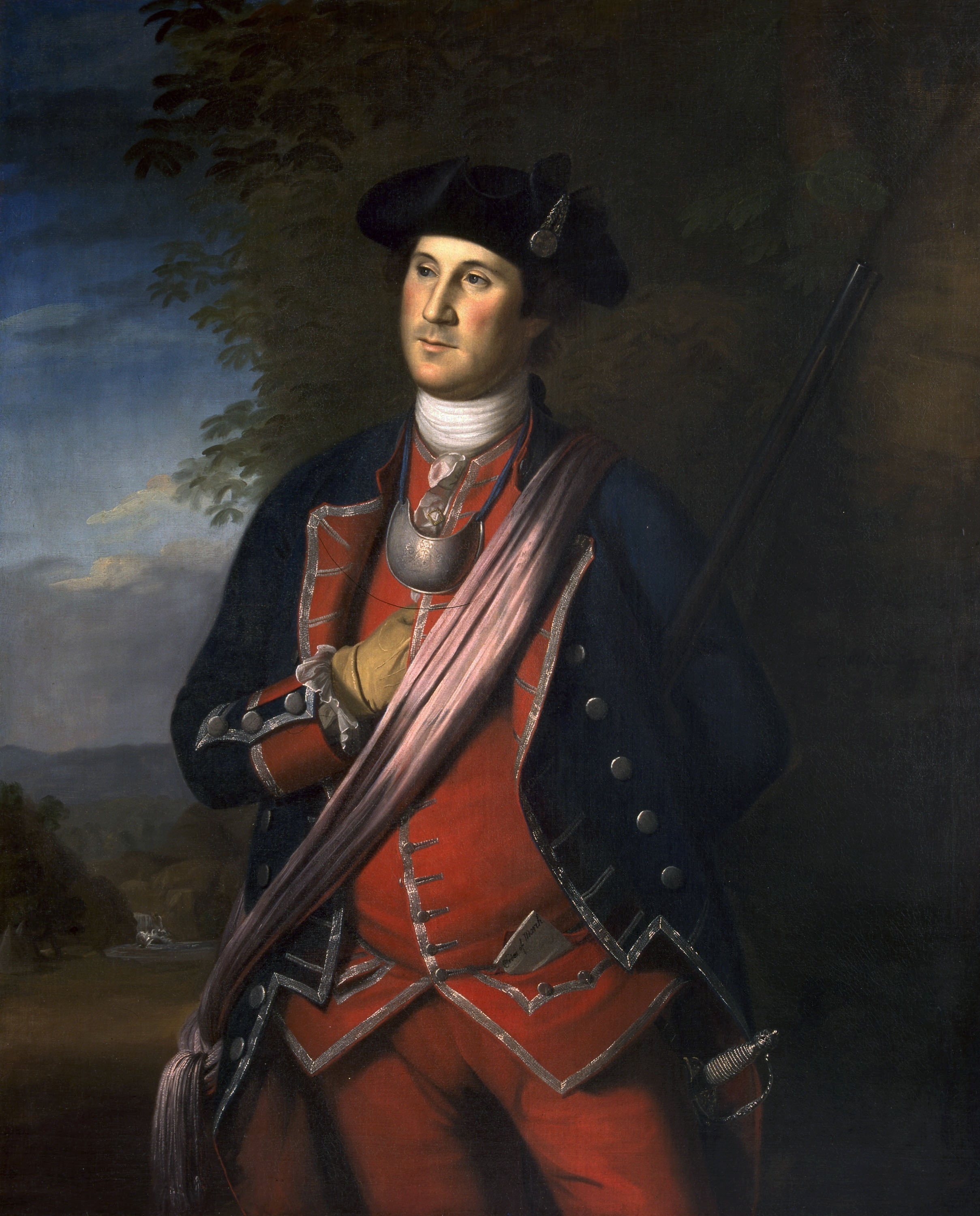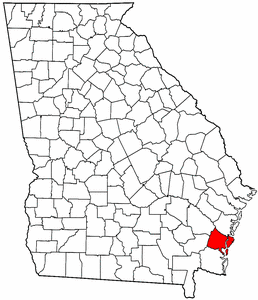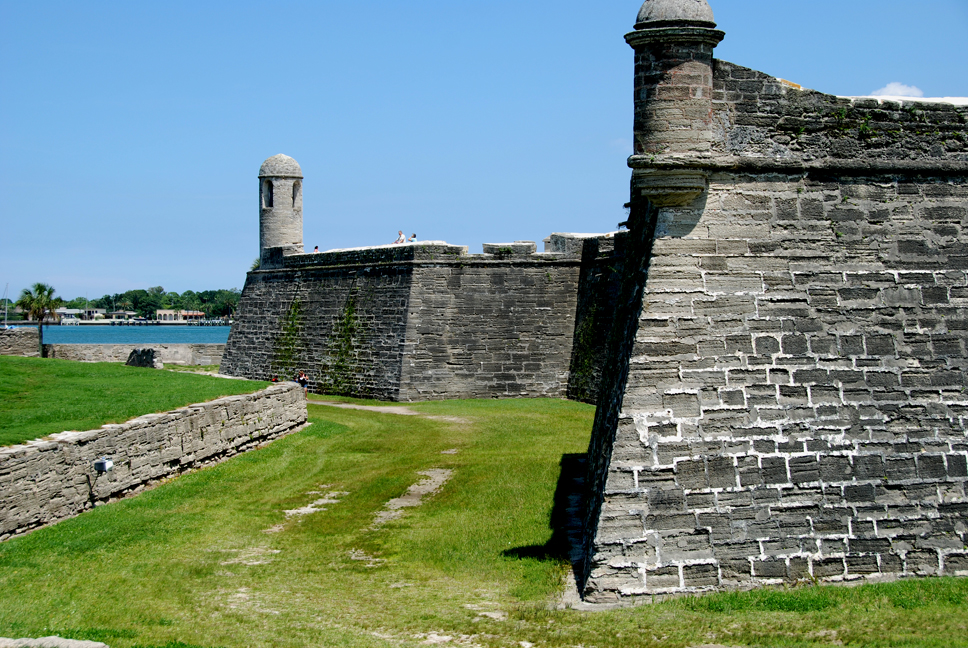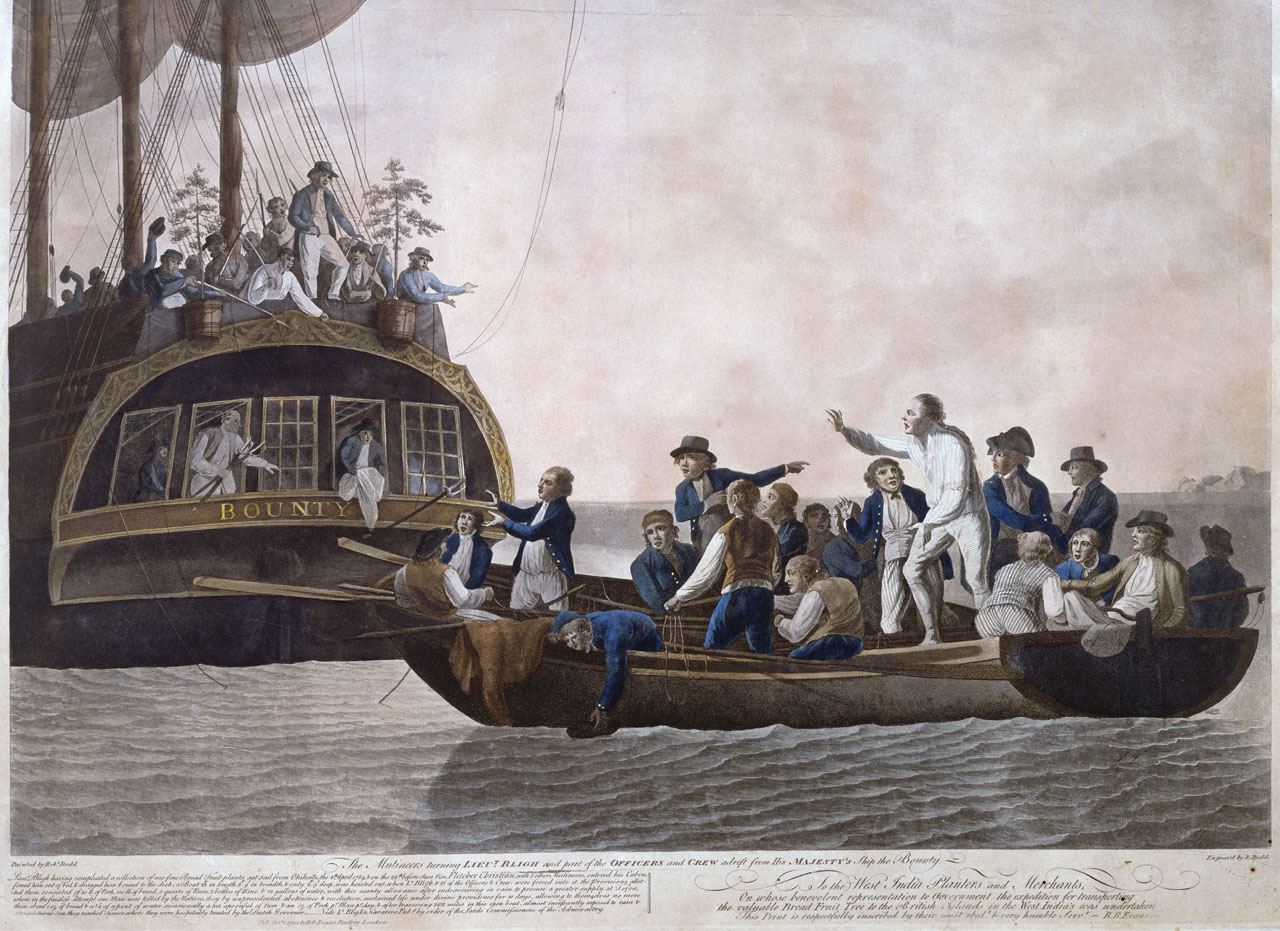|
Fort St. Andrews
Fort St. Andrews was a British colonial coastal fortification built on Cumberland Island, Georgia, in 1736. The fort was built by the British as part of a buffer against Spanish Florida and the colonies to the north. The fort was abandoned and later destroyed by the Spanish in mid-1742. Background In 1732, General James Oglethorpe led the colonization of Georgia for Great Britain and chose Savannah as the principal port for the colony. The establishment of the colony had been an issue of contention between Britain and Spain since its foundation. The Spanish claimed the territory for its own colony of Florida and disputed what it regarded as an illegal occupation by the British settlers. The building of Fort Frederica on St. Simons Island (near the mouth of the Altamaha River) in 1736 marked the beginning of General Oglethorpe's defensive plan for Georgia. His thinking was influenced heavily by Georgia's maritime geography, which was primarily an uninterrupted series of coastal ... [...More Info...] [...Related Items...] OR: [Wikipedia] [Google] [Baidu] |
Cumberland Island, Georgia
Cumberland Island, in the southeastern United States, is the largest of the Sea Islands of Georgia. The long-staple Sea Island cotton was first grown here by a local family, the Millers, who helped Eli Whitney develop the cotton gin. With its unusual range of wildlife, the island has been declared a National Seashore. Little Cumberland Island is connected to the main island by a marsh. Geography Cumberland Island forms part of Camden County, Georgia (30°51′N, 81°27′W). Cumberland Island constitutes the westernmost point of shoreline on the Atlantic Ocean in the United States. The island is long, with an area of 36,415 acres (147.37 km2 or 56.90 square miles), including of marsh, mudflats, and tidal creeks. There is no bridge to the island; it is reached by the Cumberland Ferry from St. Marys. Ecology The island has three major ecosystem regions. Along the western edge of the island there are large areas of salt marshes. One will also see gnarled live oak trees ... [...More Info...] [...Related Items...] OR: [Wikipedia] [Google] [Baidu] |
Star Fort
A bastion fort or ''trace italienne'' (a phrase derived from non-standard French, literally meaning ''Italian outline'') is a fortification in a style that evolved during the early modern period of gunpowder when the cannon came to dominate the battlefield. It was first seen in the mid-fifteenth century in Italy. Some types, especially when combined with ravelins and other outworks, resembled the related star fort of the same era. The design of the fort is normally a polygon with bastions at the corners of the walls. These outcroppings eliminated protected blind spots, called "dead zones", and allowed fire along the curtain from positions protected from direct fire. Many bastion forts also feature cavaliers, which are raised secondary structures based entirely inside the primary structure. Origins Their predecessors, medieval fortresses, were usually placed on high hills. From there, arrows were shot at the enemies. The enemies' hope was to either ram the gate or c ... [...More Info...] [...Related Items...] OR: [Wikipedia] [Google] [Baidu] |
Province Of Georgia
A province is almost always an administrative division within a country or state. The term derives from the ancient Roman '' provincia'', which was the major territorial and administrative unit of the Roman Empire's territorial possessions outside Italy. The term ''province'' has since been adopted by many countries. In some countries with no actual provinces, "the provinces" is a metaphorical term meaning "outside the capital city". While some provinces were produced artificially by colonial powers, others were formed around local groups with their own ethnic identities. Many have their own powers independent of central or federal authority, especially in Canada and Pakistan. In other countries, like China or France, provinces are the creation of central government, with very little autonomy. Etymology The English word ''province'' is attested since about 1330 and derives from the 13th-century Old French , which itself comes from the Latin word , which referred to the s ... [...More Info...] [...Related Items...] OR: [Wikipedia] [Google] [Baidu] |
Colonial American Military History
Colonial American military history is the military record of the Thirteen Colonies from their founding to the American Revolution in 1775. Beginning when on August 29, 1643, the Plymouth Colony Court allowed & established a military discipline to be erected and maintained. Rangers Rangers in North America served in the 17th and 18th-century wars between colonists and Native American tribes. Regular soldiers were not accustomed to frontier warfare and so Ranger companies were developed. Rangers were full-time soldiers employed by colonial governments to patrol between fixed frontier fortifications in reconnaissance, providing early warning of raids. In offensive operations, they were scouts and guides, locating villages and other targets for task forces drawn from the militia or other colonial troops. The father of American ranging is Colonel Benjamin Church (c. 1639–1718).John Grenier. The First Way of War: American War Making on the Frontier. Cambridge University Press. 200 ... [...More Info...] [...Related Items...] OR: [Wikipedia] [Google] [Baidu] |
Company (military Unit)
A company is a military unit, typically consisting of 80–250 soldiers and usually commanded by a major or a captain. Most companies are formed of three to seven platoons, although the exact number may vary by country, unit type, and structure. Usually several companies are grouped as a battalion or regiment, the latter of which is sometimes formed by several battalions. Occasionally, ''independent'' or ''separate'' companies are organized for special purposes, such as the 1st Air Naval Gunfire Liaison Company or the 3rd Force Reconnaissance Company. These companies are not organic to a battalion or regiment, but rather report directly to a higher level organization such as a Marine Expeditionary Force headquarters (i.e., a corps-level command). Historical background The modern military company became popularized during the reorganization of the Swedish Army in 1631 under King Gustav II Adolph. For administrative purposes, the infantry was divided into companies consisti ... [...More Info...] [...Related Items...] OR: [Wikipedia] [Google] [Baidu] |
Battle Of Bloody Marsh
The Battle of Bloody Marsh took place on 7 July 1742 between Spanish and British forces on St. Simons Island, part of the Province of Georgia, resulting in a victory for the British. Part of the War of Jenkins' Ear, the battle was for the British fortifications of Fort Frederica and Fort St. Simons, with the strategic goal the sea routes and inland waters they controlled. With the victory, the Province of Georgia established undisputed claim to the island. It is now part of the U.S. state of Georgia. The British also won the Battle of Gully Hole Creek, which took place on the island the same day. Background James Oglethorpe led the colonization of Georgia for Great Britain and had chosen Savannah as the principal port for the new colony. In the 1730s, Spain and Great Britain were disputing control of the border between Georgia and '' La Florida,'' where the Spanish had several settlements and forts. Given a heightened threat of Spanish invasion, Oglethorpe sought to incre ... [...More Info...] [...Related Items...] OR: [Wikipedia] [Google] [Baidu] |
Manuel De Montiano
Manuel Joaquín de Montiano y Sopelana (January 6, 1685 – January 7, 1762) was a Spanish General and colonial administrator who served as Royal Governor of La Florida during Florida's First Spanish Period and as Royal Governor of Panama. He defended Florida from an attack by British forces in 1740 and launched his own unsuccessful Invasion of Georgia during the War of Jenkins' Ear. Early life Montiano was born in the city of Bilbao, in Biscay, northern Spain. He was a relative of Agustín de Montiano, a dramatist and noted historian who founded the Real Academia de la Historia in 1735 and became its first director. While still a young man, Montiano joined the Royal Spanish Army, and served for three years in the Aragon Regiment. From there he was transferred to Darién in Panama. By 1719, he was a captain of grenadiers and was sent to Oran, in what is now Algeria, where he fought in the defence of the city against the Arabs. Governor of Florida On April 29, 1737, Montian ... [...More Info...] [...Related Items...] OR: [Wikipedia] [Google] [Baidu] |
War Of Jenkins' Ear
The War of Jenkins' Ear, or , was a conflict lasting from 1739 to 1748 between Britain and the Spanish Empire. The majority of the fighting took place in New Granada and the Caribbean Sea, with major operations largely ended by 1742. It is considered a related conflict of the 1740 to 1748 War of the Austrian Succession. The name was coined in 1858 by British historian Thomas Carlyle, and refers to Robert Jenkins, captain of the British brig "Rebecca", whose ear was allegedly severed by Spanish coast guards while searching his ship for contraband in April 1731. Response to the incident was tepid until opposition politicians in Parliament, backed by the South Sea Company, used it seven years later to incite support for a war against Spain, hoping to improve British trading opportunities in the Caribbean. They also wanted to retain the lucrative '' Asiento de Negros'' giving British slave traders permission to sell slaves in Spanish America, which is why the Spanish call it t ... [...More Info...] [...Related Items...] OR: [Wikipedia] [Google] [Baidu] |
Remuneration
Remuneration is the pay or other financial compensation provided in exchange for an employee's ''services performed'' (not to be confused with giving (away), or donating, or the act of providing to). A number of complementary benefits in addition to pay are increasingly popular remuneration mechanisms. Remuneration is one component of reward management. In the UK it can also refer to the automatic division of profits attributable to members in a Limited Liability Partnership (LLP). Types Remuneration can include: * Commission * Employee benefits * Employee stock ownership * Executive compensation ** Deferred compensation *Salary ** Performance-linked incentives *Wage * Mandatory compensation payable by an employer to an employee for the benefit obtained from a patent for an invention made by an employee United States For wage withholding purposes under U.S. income tax law, the term "wage" means remuneration (with certain exceptions) for services performed by an employee for an ... [...More Info...] [...Related Items...] OR: [Wikipedia] [Google] [Baidu] |
Mutiny
Mutiny is a revolt among a group of people (typically of a military, of a crew or of a crew of Piracy, pirates) to oppose, change, or overthrow an organization to which they were previously loyal. The term is commonly used for a rebellion among members of the military against an internal force, but it can also sometimes mean any type of rebellion against any force. Mutiny does not necessarily need to refer to a military force and can describe a political, economic, or power structure in which there is a Revolution, change of power. During the Age of Discovery, mutiny particularly meant open rebellion against a ship's Captain (nautical), captain. This occurred, for example, during Ferdinand Magellan's journeys around the world, resulting in the killing of one mutineer, the Capital punishment, execution of another, and the marooning of others; on Henry Hudson's ''Discovery'', resulting in Hudson and others being set adrift in a boat; and the notorious mutiny on the Bounty, mutiny ... [...More Info...] [...Related Items...] OR: [Wikipedia] [Google] [Baidu] |
Darien, Georgia
Darien () is a city in and the county seat of McIntosh County, Georgia, United States. It lies on Georgia's coast at the mouth of the Altamaha River, approximately south of Savannah, and is part of the Brunswick, Georgia Metropolitan Statistical Area. It is the second oldest planned city in Georgia and was originally called New Inverness. The population of Darien was 1,975 at the 2010 census. Geography Darien is located at (31.371134, −81.430742). According to the United States Census Bureau, the city has a total area of , all land. Demographics 2020 census As of the 2020 United States census, there were 1,460 people, 957 households, and 609 families residing in the city. 2010 census As of the 2010 United States Census, there were 1,975 people living in the city. The racial makeup of the city was 51.9% White, 44.1% Black, 0.1% Native American, 0.8% Asian, 0.1% Pacific Islander, 0.1% from some other race and 1.1% from two or more races. 1.9% were Hispanic or Latino of ... [...More Info...] [...Related Items...] OR: [Wikipedia] [Google] [Baidu] |
Waterline
The waterline is the line where the hull of a ship meets the surface of the water. Specifically, it is also the name of a special marking, also known as an international load line, Plimsoll line and water line (positioned amidships), that indicates the draft of the ship and the legal limit to which a ship may be loaded for specific water types and temperatures in order to safely maintain buoyancy, particularly with regard to the hazard of waves that may arise. Varying water temperatures will affect a ship's draft, because warm water is less dense than cold water, providing less buoyancy. In the same way, fresh water is less dense than salinated or seawater with a similar lessening effect upon buoyancy. For vessels with displacement hulls, the hull speed is defined by, among other things, the waterline length. In a sailing boat, the waterline length can change significantly as the boat heels, and can dynamically affect the speed of the boat. A waterline can also refer to ... [...More Info...] [...Related Items...] OR: [Wikipedia] [Google] [Baidu] |








